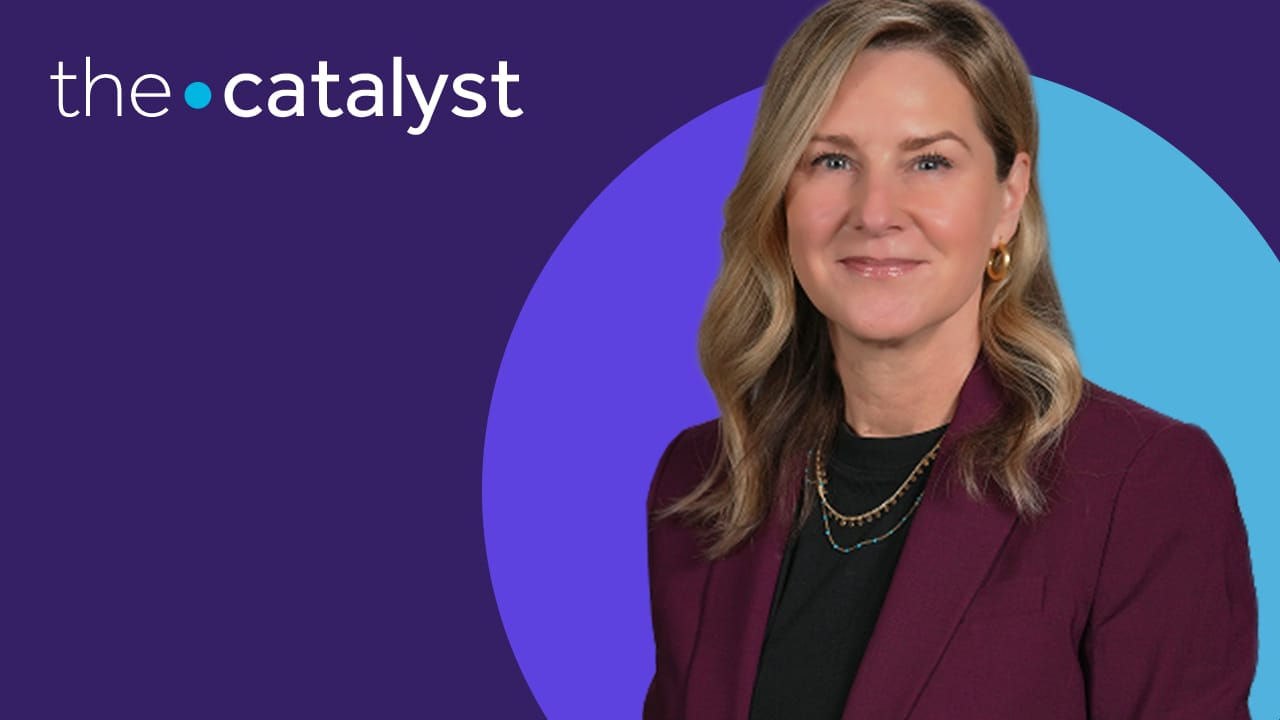

Navigating Virtual-First Health Plans - A Webinar Recap
Virtual-first health plans offer flexibility, access, affordability, improved outcomes and reduced costs, to revolutionize healthcare delivery.
By Teri Condon, SVP & GM, Primary Care and General Medical, Teladoc Health
In a world increasingly driven by technology, the healthcare industry is undergoing a significant transformation. Organizations are looking for ways to attract and retain the best talent, provide broad access to affordable care and optimize benefit strategies that meet the needs of all generations. Virtual-first health plan designs, an innovative approach to healthcare delivery, are an emerging trend in benefit design, providing members greater flexibility, access, coordination of care and affordability while offering health plans and employers better engagement in preventive care, improved clinical outcomes and reduced costs.
Recently, I had the pleasure of discussing virtual-first health plans alongside Neal Mulville, VP of U.S. Health Innovation at AON. We offered our perspectives on this new plan design and the ways we think both employers and health plans can benefit from it. I encourage you to watch the webinar, and below I highlight some of the key takeaways from our discussion that I think are highly relevant for organizations as they look to shape their benefits design for 2025.
The benefits of virtual-first health plans
A virtual-first health plan is an attractive plan design because it connects individuals with a virtual primary care provider (PCP) who coordinates all their virtual and in-person healthcare needs. Virtual-first health plans aim to achieve the savings and care coordination objectives of traditional PCP-led plans (such as PCP-coordinated HMO and employer point-of-service) with the added convenience, flexibility and cost-effectiveness that plan sponsors traditionally associate with open-access plan designs.
Virtual-first health plans, which are selected at open enrollment, allow members to have a PCP of their choice. From there, the member is connected to a comprehensive array of virtual services and care coordination/referrals to in-person specialists and care when needed. This plan design is member-centric, PCP- and care team-oriented and enables:
- Expanded access
100 million Americans live in primary care deserts, meaning they may not have a relationship with a PCP and are not receiving preventive care screenings. A virtual-first health plan provides members with easy access to PCPs regardless of where they live, what industry they work in or what shift they work. Members can easily view biographies of PCPs to find one that fits their preferences for race, specialties, language and more. Members can build an ongoing relationship with a trusted PCP, which leads to better engagement with primary care and participation in preventive screenings.
- Convenience and flexibility
Members can engage with primary care in a way that’s more convenient and guided than traditional brick-and-mortar care. Shift workers can get care after hours, when it’s convenient for them, and there are options for members to receive care in the home for things like pharmacy delivery or labs.
- Seamless referral to appropriate care
Virtual-first health plans offer a unified care experience that is easy to manage and provides enhanced coordination across all of a member's care needs. In addition to primary care, individuals can easily access virtual care services for mental healthcare, chronic conditions such as diabetes or obesity, specialty care and urgent care. The PCP also can easily refer members to in-network, in-person care for screenings, imaging and other specialists when needed. A key feature is that these plans can connect to programs or point solutions that are already available, such as case management or other point solutions. In the virtual-first model, the PCP and individual are incentivized to engage with preventive care and to do so in a way that ensures the individual is being appropriately steered to high-quality, in-network providers for the in-person care they may need.
- Affordability
Traditional healthcare services often come with hefty overhead costs associated with facility maintenance, administrative staff and operational expenses. Virtual-first health plans streamline these costs by minimizing the need for traditional sites of care and optimizing resource allocation for virtual care, ultimately making out-of-pocket costs for care more affordable and predictable.
The results speak for themselves
Plan sponsors who were early adopters of a virtual-first health plan are seeing increased engagement and growth in their market share. One Fortune 500 retailer implemented this plan design to drive affordability and cost savings, improve primary care access and modernize and innovate its employee benefits. Within the first 60 days after implementation, 33% of the employer’s eligible lives had already registered for the plan, 34% of primary enrollees had enrolled their dependents and 49% of registered members had an initial primary care visit. For this retailer, 49% of enrollees had not seen a PCP within the last year. Findings for this employer also showed that two of the top three external referral categories were for cancer screenings. Lastly, a health plan partner saw its market share grow 16%, its member enrollment go up 4.5 times year-over-year and had a 92% member satisfaction rate.
The market is ready, and demand is growing
Virtual-first health plans are not just a fleeting trend, but a transformative force that is revolutionizing the way we think about healthcare. And as technology continues to advance and consumer expectations continue to evolve, adoption of these models is poised to accelerate. A recent survey from Business Group on Health found that 73% of large employers are interested in an advanced primary care strategy, including virtual primary care and virtual-first. Additionally, a survey conducted by AON found that 35% of employers are planning to make plan design changes to address healthcare cost trends in 2024. And, in a Teladoc Health survey, 45% of consumers currently on an HMO plan said they would prefer a comparable virtual-first plan.
Virtual-first health plans represent a paradigm shift in healthcare delivery. By offering a combination of accessibility, convenience, coordinated care and cost-effectiveness, they offer a new future of healthcare delivery—one that has the promise to provide a healthier, more connected future for all.









